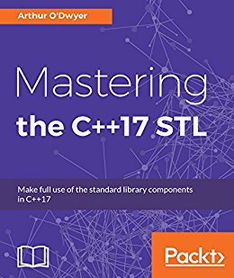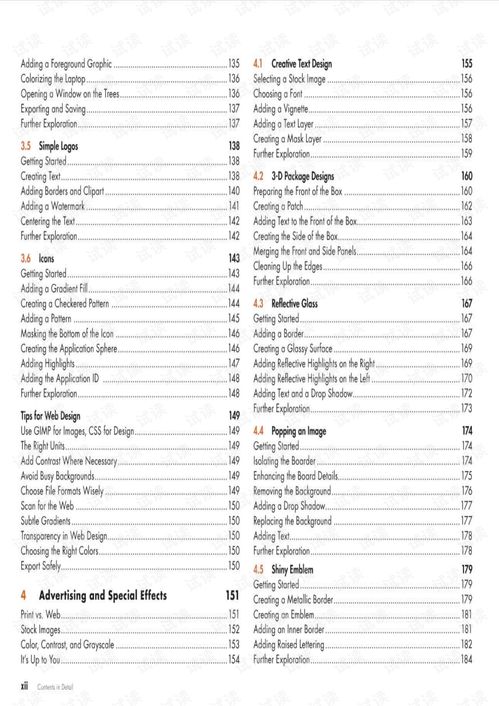The Art of Tackle Adjustment: How to Perfect the Bait Fishing Float Technique

Bait fishing, an age-old pastime, requires a keen sense of observation and a mastery of the basic techniques. One such technique that often determines the success of a fishing trip is the art of tackle adjustment, particularly with regards to the float. The float, or bobber, is a crucial tool that helps anglers detect subtle movements and bites from fish. In this article, we will delve into the intricacies of float adjustment and provide you with tips on how to perfect the bait fishing float technique.
Understanding the Float
Before we dive into the nitty-gritty of adjusting the float, it's essential to understand its purpose. The float serves as an indicator that rises or falls in the water column, signaling when a fish has taken the bait. The float's position can vary based on factors such as water conditions, current, and the behavior of the fish. Therefore, adjusting the float to suit these conditions is a skill that can make or break your fishing experience.
Selecting the Right Float
The first step in mastering the float technique is selecting the right float for your fishing environment. There are various types of floats available, each designed for specific conditions:
- Sinker Floats: Ideal for still waters or slow currents, these floats are designed to keep the bait at a fixed depth.
- Sliding Floats: These are versatile and can be adjusted to different depths. They are perfect for rivers and streams with varying currents.
- Beaded Floats: These floats have a series of beads that can be moved up or down the line to adjust the depth.
The Basics of Float Adjustment
Once you have the right float, it's time to adjust it. Here are the fundamental steps to follow:
- Start with the Right Depth: Determine the depth at which you want your bait to be. This will depend on the species of fish you're targeting and the type of water you're fishing in.
- Attach the Float: Thread the main line through the float's center and tie a secure knot. Ensure that the float is positioned correctly on the line.
- Add Weight: Attach a weight to the line below the float. The weight should be sufficient to keep the float afloat but not so heavy that it sinks the bait too quickly.
- Adjust the Float: If the float is not rising or falling as expected, adjust the position of the weight. Move it up or down the line to change the depth.
Advanced Techniques
For those looking to refine their float technique further, here are some advanced tips:
- Fine-Tuning: Adjust the float to the smallest movement possible. This requires a delicate touch and patience.
- Wind Conditions: In windy conditions, add more weight to the line to prevent the float from being swayed by the wind.
- Current Awareness: In rivers and streams, the current can affect the float's position. Adjust the weight accordingly to maintain the desired depth.
- Bait Movement: The way the bait moves in the water can also influence the float's movement. Experiment with different baits and observe how they affect the float.
Conclusion
Mastering the bait fishing float technique is a skill that can take time to develop. However, by understanding the basics and applying the right adjustments, you can significantly improve your chances of catching fish. Remember, the key is to observe the water conditions, the behavior of the fish, and the movement of the float. With practice and patience, you'll soon be able to adjust your float with precision, leading to more successful fishing trips. Happy fishing!












